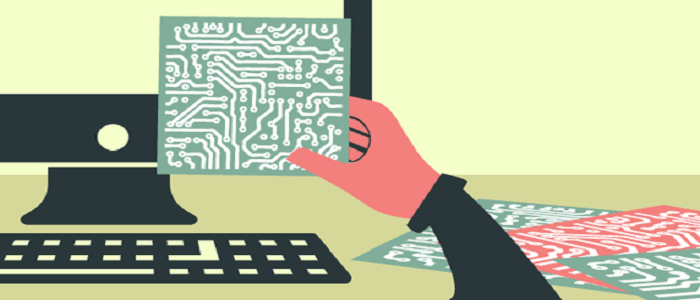Since the early 20th century, printed circuit boards have been powering the world’s most robust electronics. Today, PCB design is still evolving, and all but the most rudimentary gadgets contain printed circuit boards.
Anyone who has designed a PCB knows that the process can be tedious. It’s not easy to create an efficient layout that functions properly and is easy to manufacture; fortunately, thanks to breakthroughs in PCB design software, the process is far less time-consuming and arduous.
However, not all PCB design software offer the same features. Here are five qualities to look for when searching for a program that fits your needs:
- Expansive and Customizable Content Library
PCB design techniques have evolved dramatically since World War II, but developers are still finding new ways to improve. Today, there are a myriad of components at a developer’s disposal, and the best design software give users access to an expansive library of parts.
For example, Altium’s content library offers more than 350,000 parts, and it is constantly expanding. The program lets parts manufacturers add new components in real-time, so PCB designers have instant access to information about pricing and stock.
- Detailed Schematic Capture
The schematic capture helps developers spot PCB design problems before going to manufacture. Without a detailed schematic capture, you could waste countless hours and money manufacturing a faulty PCB.
Circuit Studio comes with a hierarchal multi-sheet design and SPICE simulation engine. SPICE makes it easy for developers to identify functionality problems, and Circuit Studio’s editing interface takes the hassle out of fixing defects and re-testing the PCB through simulation.
- Comprehensive Editing Interface
Your software’s editing interface will have a profound impact on your PCB’s capabilities and the amount of time it takes to design. You should look for a program that offers:
- Centralized component management;
- A 3-dimensational simulation engine;
- An autorouter engine; and
- The option to design interactive, rule-driven routing.
In case your design is faulty or your modifications don’t work, your software should record every adjustment you make in a history cache. This will help you trace your mistakes and make the necessary changes.
- Reliable Customer Support
Even experienced PCB developers can have trouble navigating unfamiliar software. As such, you should only purchase a program that offers reliable customer support. Having quick access to expert assistance will help you avoid unnecessary modifications, and if you hit a creative wall, your support team can provide recommendations about parts or design techniques.
- Free Trial
No two PCB design software are exactly alike, and many developers offer specialized services for certain types of electronics companies. The only way to find out if a new software will fulfill your needs is to test the waters.
As such, you should look for design software that offers a free trial. Try to find a program that gives you at least 30 days to experiment with its features.
Although there are countless ways to develop a printed circuit board, most engineers can avoid unnecessary frustration and save time by finding the right PCB design software. Compare the options until you find a program with a comprehensive yet user-friendly interface, a components library that updates in real-time, and a free trial to verify that the software can fulfill your needs.
